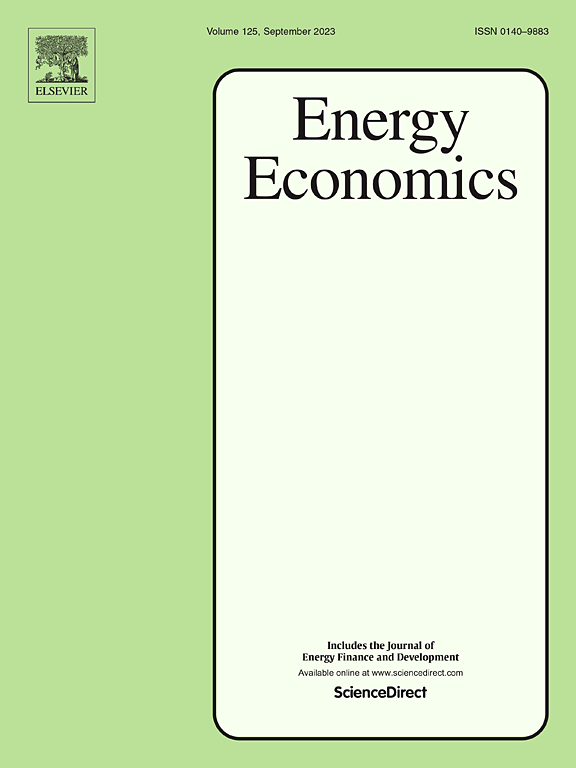风险价值预测的混合频率分位数回归森林
IF 13.6
2区 经济学
Q1 ECONOMICS
引用次数: 0
摘要
本文介绍了混合频率分位数回归森林,这是一种利用混合频率数据非参数计算条件分位数来预测风险值(VaR)的新方法。通过将混合数据采样(MIDAS)方法集成到分位数回归森林(QRF)中,提出的MIDAS-QRF规范包含了来自高频和低频的信息,否则这些信息将无法用于随机森林背景下的VaR估计。此外,利用QRF方法使我们能够在适应倾斜和厚尾分布的同时捕获非线性关系。我们还提出了一个动态扩展,MIDAS-DQRF,它引入了滞后VaR预测作为附加协变量。我们广泛应用MIDAS-QRF和MIDAS-DQRF规范来预测能源期货的VaR,特别是WTI,布伦特和取暖油指数。通过回溯测试程序对所提出的模型进行评估,我们为MIDAS-QRF和MIDAS-DQRF的有效性提供了经验证据。我们的研究结果表明,这些模型产生了统计上合理的预测,并且在VaR预测准确性方面通常优于流行的替代方案。本文章由计算机程序翻译,如有差异,请以英文原文为准。
Mixed-frequency Quantile Regression Forests for Value-at-Risk forecasting
In this paper, we introduce Mixed-Frequency Quantile Regression Forests, a novel approach for non-parametrically computing conditional quantiles with mixed-frequency data to forecast the Value-at-Risk (VaR). By integrating the Mixed-Data Sampling (MIDAS) approach into Quantile Regression Forests (QRF), the proposed MIDAS-QRF specification incorporates information from both high and low frequencies, which would otherwise be unusable for VaR estimation in the context of random forests. Furthermore, leveraging the QRF approach allows us to capture non-linear relationships while accommodating skewed and fat-tailed distributions. We also propose a dynamic extension, MIDAS-DQRF, which introduces lagged VaR predictions as additional covariates. We extensively apply the MIDAS-QRF and MIDAS-DQRF specifications to forecast the VaR of energy futures, specifically WTI, Brent, and Heating Oil indices. By evaluating the proposed models through backtesting procedures, we provide empirical evidence of the validity of MIDAS-QRF and MIDAS-DQRF. Our findings indicate that these models generate statistically sound forecasts and generally outperform popular alternatives in terms of VaR forecast accuracy.
求助全文
通过发布文献求助,成功后即可免费获取论文全文。
去求助
来源期刊

Energy Economics
ECONOMICS-
CiteScore
18.60
自引率
12.50%
发文量
524
期刊介绍:
Energy Economics is a field journal that focuses on energy economics and energy finance. It covers various themes including the exploitation, conversion, and use of energy, markets for energy commodities and derivatives, regulation and taxation, forecasting, environment and climate, international trade, development, and monetary policy. The journal welcomes contributions that utilize diverse methods such as experiments, surveys, econometrics, decomposition, simulation models, equilibrium models, optimization models, and analytical models. It publishes a combination of papers employing different methods to explore a wide range of topics. The journal's replication policy encourages the submission of replication studies, wherein researchers reproduce and extend the key results of original studies while explaining any differences. Energy Economics is indexed and abstracted in several databases including Environmental Abstracts, Fuel and Energy Abstracts, Social Sciences Citation Index, GEOBASE, Social & Behavioral Sciences, Journal of Economic Literature, INSPEC, and more.
 求助内容:
求助内容: 应助结果提醒方式:
应助结果提醒方式:


